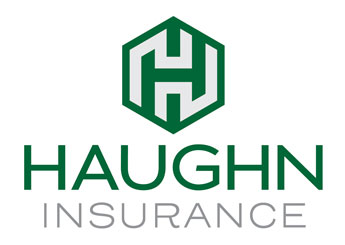
Captive insurance is an option for companies looking to take charge of their insurance costs and better manage their risks. Rather than paying a premium to a third-party insurer, this alternative allows the business to underwrite its own insurance and have direct control over the crucial elements of the insurance program.
What Are the Types of Captive Insurance?
There is more than one type of captive insurance, and you need to know which will impact your business best. The most common programs are single-parent structure, group captive structure, and protected cell captive structure.
Single-Parent Structure
It’s common to see this program selected as the captive of choice. It’s an insurance company with a single owner, typically the insured. It allows for transferring some risk or provides financing for an organization along a specific line of coverage. It can provide coverage directly, though it’s limited to the risks of the insured. In some situations, it provides reinsurance from a primary insurer.
This captive insurance policy provides reinsurance for workers’ comp programs, directors and officers liability, property insurance, and terrorism coverage.
Group Captive Structure
This form of captive insurance also goes by the name of a risk retention group since several businesses will band together and form an insurance program. For these companies, a key benefit is obtaining coverage or higher limits than traditional insurers offer.
Formal associations and trade groups often rely on group captive arrangements, but the businesses involved don’t need a particular connection for the structure to work. It makes it easier to co-exist and manage the captive when the partners already have a professional association or partnership.
Protected Cell Captive Structure
This third captive insurance plan, also called a rental captive, exists when a potential insured joins with an existing captive (many times owned by a traditional insurer) but retains its own structure for risks. The existing captive creates individual cells of insurance protection and financials but handles the administrative functions often at lower overhead costs for the potential insured.
There is more limitation in the choice of service providers and risk-sharing partners since you aren’t directly involved in the administration of the captive. It could also mean you’ll pay more in frictional costs, typically offset by the savings from establishing and operating a single-parent captive.
What Type of Captive Insurance Does Your Business Need?
You should evaluate several things before deciding on what captive program to pursue. These include:
- The local captive community
- The risk
- The regulatory environment
- Costs
- Administrative resources
The overall decision should address the benefits the captive would bring the business.
Making the Decision on Captive Insurance
Selecting the right risk-financing alternative is essential if your company is to benefit. Each captive insurance structure presents different elements that will impact your business.
About Haughn & Associates
Founded by Michael Haughn in 1986, Haughn & Associates is a full-service, family-owned, independent insurance agency based out of Dublin, Ohio. H&A strives to provide the best possible price and unique insurance solutions across a myriad of industries, including construction, IT, Habitation & Commercial Property, Agriculture, and Engineering. Devoted to providing the best of business insurance, life and disability insurance, personal insurance, employee benefits, and bonds, H&A is proof that success lies in long-standing client relations and satisfaction. To learn more about how H&A can be of service to you, contact us at (877) 802-2278.

